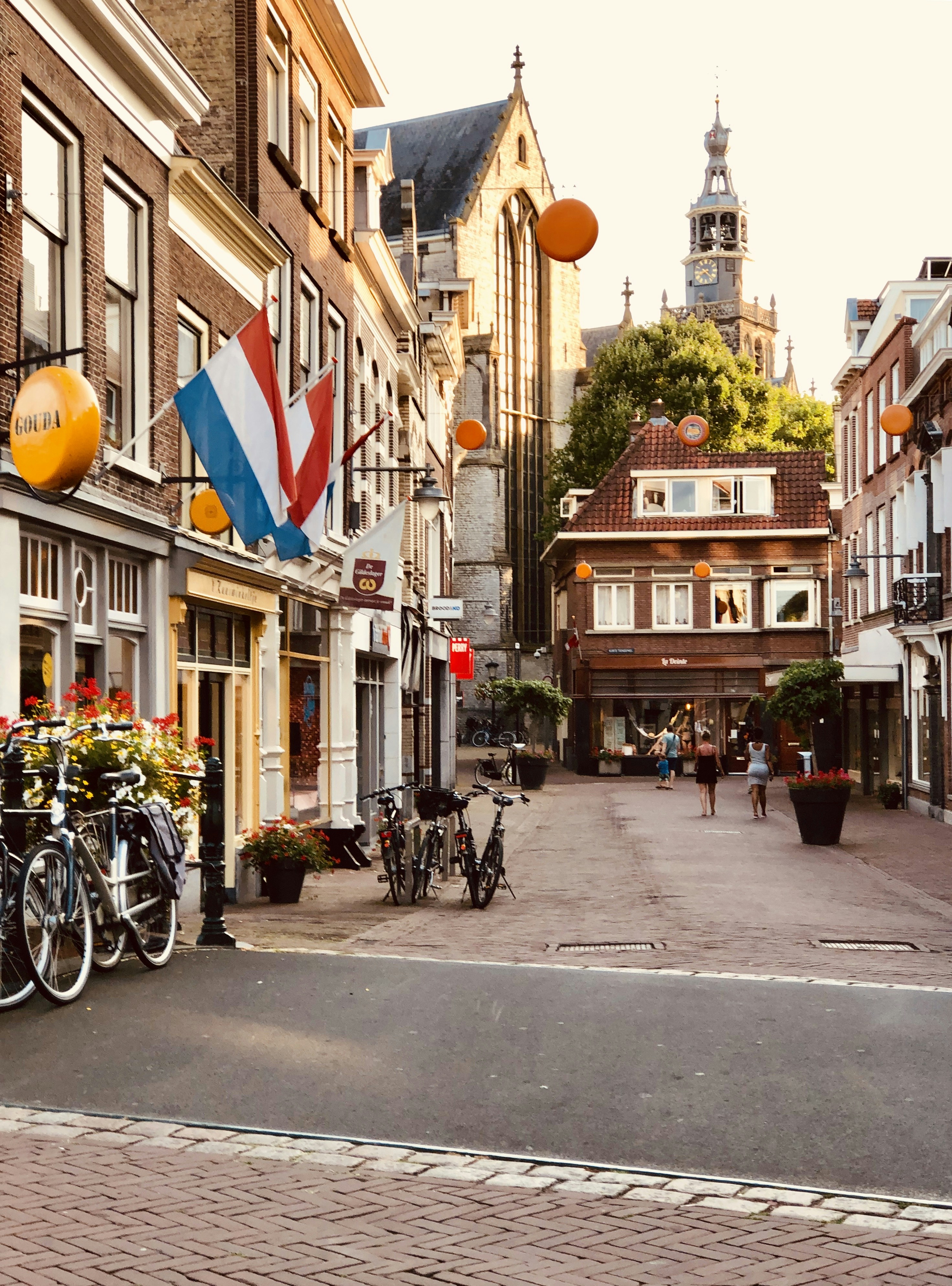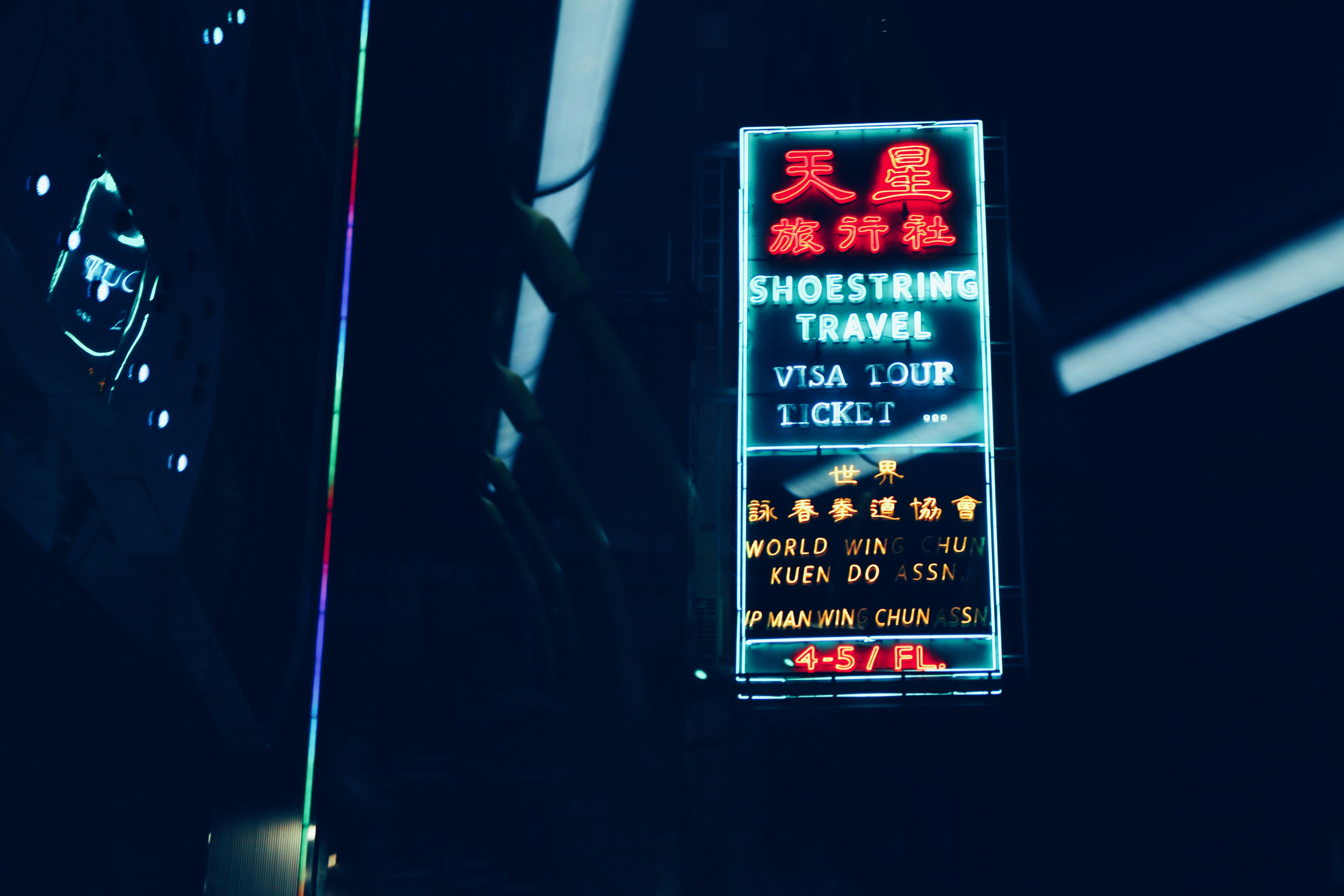A Brief History of Cologne
Cologne, one of Germany’s oldest cities, traces its origins back to 38 BC when it was established as a Roman settlement named Colonia Claudia Ara Agrippinensium. This strategic location near the Rhine River facilitated trade and cultural exchange, which laid the groundwork for its eventual growth. The settlement was granted city status in 50 AD, and by the end of the Roman Empire, Cologne had blossomed into a hub of commerce, politics, and culture within the region.
During the Middle Ages, Cologne became a significant center of the Holy Roman Empire, which enriched its political standing and cultural development. The construction of the Cologne Cathedral, a masterpiece of Gothic architecture, began in 1248 and reflected the city’s importance as a pilgrimage destination. The cathedral’s completion in 1880 marked a turning point, symbolizing the resilience and architectural ambition of Cologne. The city’s flourishing trade fairs and the establishment of the Hanseatic League further contributed to its economic vitality, forging a unique identity that would withstand the tests of time.
The devastation brought by World War II forced a difficult chapter in Cologne’s history. As the city bore the brunt of heavy aerial bombings, much of its historic architecture was lost. Nevertheless, in the post-war era, Cologne emerged from the ashes with a sense of determination and resilience. Rebuilding efforts prioritized both modernization and the preservation of historical elements, leading to a unique blend of contemporary and traditional architecture that characterizes the city today.
As Cologne continued to develop throughout the latter half of the 20th century, it reclaimed its status as a cultural powerhouse in Germany, shaped by the legacies of its past. The interplay of ancient and modern influences is evident in the city’s vibrant atmosphere and remains a testament to its enduring spirit and historical significance.
Architectural Marvels: Cologne’s Landmarks
Cologne, a city steeped in rich history and vibrant culture, is renowned for its stunning architectural landmarks that showcase a blend of different styles and eras. At the heart of its skyline stands the magnificent Cologne Cathedral, or Kölner Dom. This architectural masterpiece, a UNESCO World Heritage site, is celebrated for its remarkable Gothic design characterized by intricate facades, towering spires, and stunning stained-glass windows. Construction of the cathedral began in 1248 and was completed in 1880, embodying over six centuries of devotion and craftsmanship. The Cathedral not only serves as a place of worship but is also a symbol of the city’s resilience and cultural identity, drawing millions of visitors each year.
Adjacent to the cathedral, the Hohenzollern Bridge further enriches Cologne’s architectural tapestry. This iconic railway and footbridge, with its distinctive design featuring a series of arches, connects the old town to the newer districts across the Rhine River. The bridge is adorned with thousands of love locks affixed by couples, symbolizing eternal love, which adds a romantic charm to its utilitarian purpose. The beautiful views of the Rhine and the cathedral from the bridge offer a picturesque setting, enhancing its appeal to tourists and locals alike.
Another notable landmark is the Museum Ludwig, an essential cultural institution that houses an impressive collection of modern art, including works by Picasso and Warhol. The museum’s contemporary architectural style contrasts with the historic buildings surrounding it, reflecting Cologne’s ongoing evolution as a cultural hub. The juxtaposition of historical and modern structures in the cityscape provides a unique perspective on Cologne’s architectural history, illustrating the city’s dynamic nature as it embraces the future while honoring its past.
Cologne’s Bustling Cultural Scene
Cologne presents a remarkable cultural scene marked by its rich traditions, abundant festivals, and a variety of artistic venues, which together contribute to the city’s vibrant identity. One of the highlights of this cultural tapestry is the Cologne Carnival, celebrated annually and famed across Germany. This spectacular event, renowned for its colorful parades and exuberant revelry, attracts both locals and tourists, showcasing the city’s lively spirit. During the carnival season, the streets are transformed into a vibrant display of costumes and celebrations, epitomizing the joy and festivity synonymous with Cologne.
In addition to its carnival, Cologne hosts numerous art and music festivals throughout the year. Events such as the Cologne Music Festival and the Art Cologne Fair serve as platforms for both established and emerging artists, featuring contemporary works that reflect the city’s dynamic artistic landscape. These festivals not only celebrate ongoing creativity but also foster a sense of community among artists and art enthusiasts, bolstering Cologne’s position as a cultural hub.
The artistic offerings of Cologne are further enriched by its diverse museums and galleries. Notable institutions like the Roman-Germanic Museum present an extensive collection of artifacts from the city’s Roman past, highlighting Cologne’s historical significance. Meanwhile, the Chocolate Museum provides a delightful exploration of the history and production of chocolate, appealing to visitors of all ages. Additionally, numerous galleries throughout the city display a variety of contemporary artworks, reinforcing Cologne’s commitment to cultural diversity and artistic achievement.
The Rhine River, a central element in Cologne’s geography, plays a pivotal role in local festivities. The scenic waterfront frequently serves as a venue for cultural events, further enhancing the vibrant atmosphere. In this multifaceted cultural environment, Cologne stands as a testament to the power of creativity and history, inviting exploration and appreciation from all who visit.
Culinary Delights and Local Brews
The culinary landscape of Cologne, Germany, is a rich tapestry woven with traditional flavors and local brews that reflect the city’s vibrant culture and history. Among the most notable dishes that define Cologne’s gastronomic scene is Himmel un Ääd, which translates to “Heaven and Earth.” This hearty meal combines black pudding, apple sauce, and mashed potatoes, offering a delightful blend of sweet and savory tastes. Renowned for its comforting qualities, Himmel un Ääd is often enjoyed during social gatherings, making it much more than just a meal; it is an integral part of Cologne’s communal atmosphere.
Equally essential to Cologne’s culinary identity is its local beer, Kölsch. This pale, warm-fermented beer, unique to the region, is served in small, cylindrical glasses called “Stangen,” typically at traditional Kölsch breweries known as “Brauhaus.” These establishments create an inviting ambiance where patrons can indulge in this refreshing beverage while enjoying a variety of local dishes. The beer is characterized by its lightness and crisp taste, making it a popular choice among both locals and visitors alike.
Culinary experiences in Cologne extend beyond traditional German fares, showcasing a blend of international influences that enrich the city’s food culture. Restaurants offer a range of global cuisines, including Italian, Turkish, and Asian, reflecting Cologne’s position as a multicultural hub. This fusion not only caters to diverse palates but also highlights the city’s openness and adaptability.
For those looking to experience the best of Cologne’s culinary delights and local brews, a visit to the historic Old Town is highly recommended. Here, cozy restaurants and lively breweries line the streets, providing the perfect setting to savor the local cuisine while engaging in the time-honored traditions of food and drink that define Cologne’s social fabric. In this city, the culinary scene serves as a bridge, connecting residents and visitors through a shared appreciation for good food and drink.


